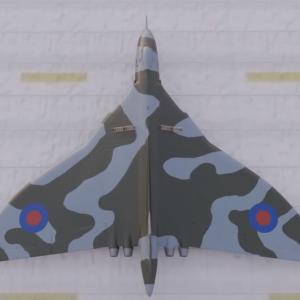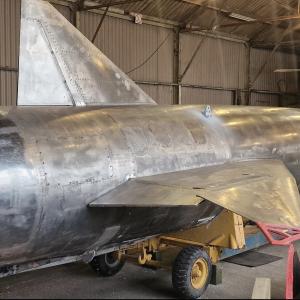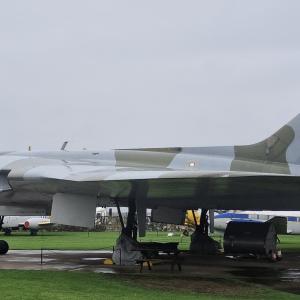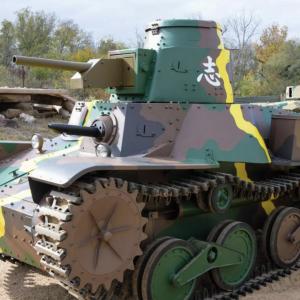
Indian jeep artillery
During the 1965 Indo-Pak war, one of the most significant and dramatic episodes unfolded in the Battle of Asal Uttar, near Khem Karan in Punjab. The Indian Army achieved a major tactical and psychological victory by successfully halting and destroying Pakistan's heavily armored Patton tank offensive. Despite Pakistan fielding superior American-made M47 and M48 Patton tanks, which were considered technologically advanced at the time, Indian forces employed innovative tactics and made effective use of terrain and mobility.
The battlefield was deliberately flooded by Indian forces to bog down the heavy Pakistani tanks, making them slow and vulnerable. In these waterlogged conditions, the weight and size of the Pattons became a liability. Indian soldiers, particularly from the 4th Battalion of the Grenadiers Regiment and other supporting units, used jeep-mounted 106 mm recoilless rifles to great effect. These jeep-mounted guns, lightweight and highly mobile, allowed Indian troops to maneuver quickly, ambush the tanks, and strike from vulnerable angles.
The 106 mm recoilless rifle, also known as the M40, was an American-made anti-tank weapon. When mounted on jeeps, it gave Indian units the ability to execute shoot-and-scoot tactics, ideal in the muddy and restrictive terrain. Over 90 Pakistani tanks were destroyed or abandoned during the battle, many of them Pattons, leading to the area being referred to as the "Graveyard of Pattons." This battle became a turning point in the war, showcasing how tactical ingenuity and effective use of resources could overcome technological superiority.










